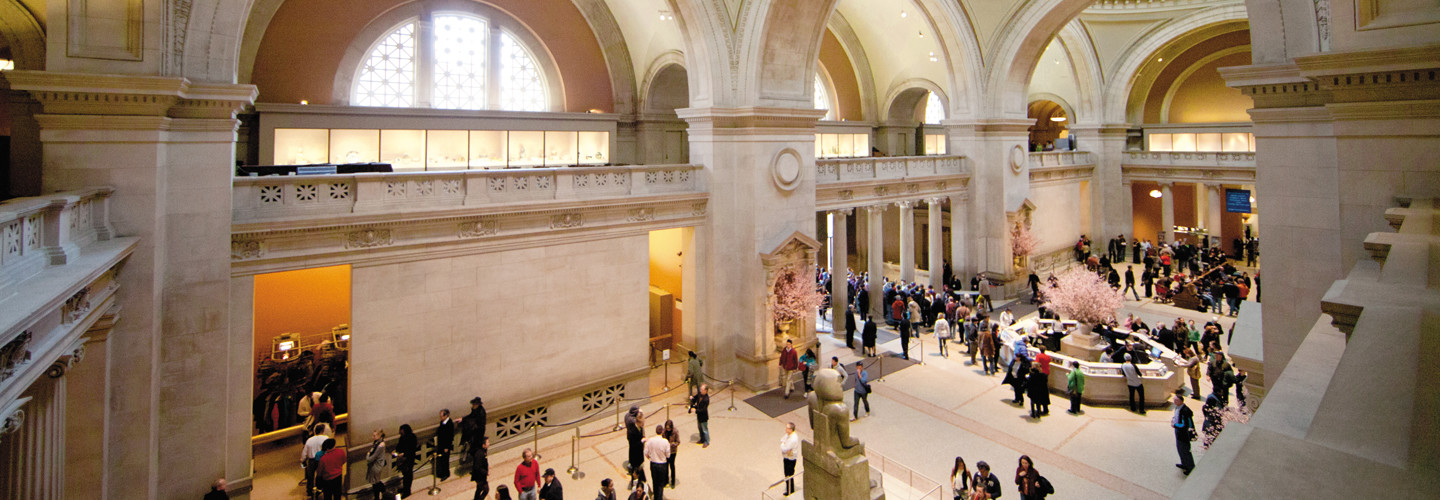The Virtual Enlightenment Happening in Higher Ed
The EdTech: Focus on Higher Education team traveled to the annual EDUCAUSE conference in Orlando, Fla., from Sept. 29 through Oct. 2. Readers can visit EdTech's online EDUCAUSE conference hub to discover more on the latest trends and topics on the minds of this year's attendees, watch video interviews with EDUCAUSE CEO Diana G. Oblinger and Microsoft Education Chief Technology Officer Cameron Evans and much more.
A Virtual Enlightenment
The Age of Enlightenment in the 18th century has been widely portrayed as a revolution in human thought that favored reason, science and individualism over traditional ideas. The Enlightenment led to both the American and French revolutions and the spread of democracy.
Now, Barnard College of Columbia University in New York has received an $800,000 grant from the Andrew W. Mellon Foundation to support an academic initiative that seeks to blend traditional classroom teaching with digital storytelling and use of local public resources.
The program, called "Barnard Teaches: Real Place + Digital Access," will kick off in the 2015 spring semester with a course titled "A Virtual Welcome into the Material World of the Enlightenment," taught by art history professor Anne Higonnet.
Twelve students are slated to take the upper-level course, in which half their time will be spent with curators from the Metropolitan Museum of Art and the rest of the time in traditional classroom lectures and discussion. Students will receive five credits, two for the work with the curators, two for the classroom work and one for digital storytelling.
Higonnet says the curators will spend the semester teaching students about the decorative arts displayed at the museum, including furniture, costumes and porcelain. Students will have access to still photos and videos taken by the museum's staff to develop digital stories that will be posted on a website for the general public.
"What's not always known is that the idea of a desk for an individual with drawers and a lock was a new concept in the 18th century," Higonnet says. "We want to open up these ideas to the students, and then I have every confidence that the students have the skills to tell the story with the new digital tools."
Higonnet says students will learn and develop skills with Adobe PhotoShop and InDesign, as well as video editing and CAD tools.
Facing the Tech Challenge
The Center for Digital Education took a hard look at how educational institutions have been functioning in departmental silos over the past several decades. The group's FutureStructure initiative encourages educational institutions to use enabling technologies such as mobile devices, social media and wireless infrastructure to work more collaboratively. This chart highlights the difficulties educational officials face in deploying new
technologies on campus.

SOURCE: Center for Digital Education, "Classroom Management: Strategies and Technologies to Improve Teaching and Learning," September 2014
Social Barometer: Digital Design
"In creating #STEM digital media and tools, need to be sure the design decisions are driven by the learning objectives."
@KemiJona (Kemi Jona, Research Professor of Learning Sciences and Computer Science, Northwestern University, Evanston, Ill.)
"Pro tip: Always check your plugins, especially if they're old, when doing an @wordpress upgrade, because stuff will break."
@mrichwalsky (Mike Richwalsky, Executive Director of Marketing and Creative Services, John Carroll University, University Heights, Ohio)
"Leaders need to respect in order to energize. Listen, ask, attend."
@jcycio (Joanna Young, CIO, University of New Hampshire, Durham, N.H.)
"Org change is complex & messy, esp in #highered. It takes patience, the right relationships, timing & a convincing WHY :)"
@EdCabellon (Ed Cabellon, Assistantto the Vice President for Student Affairs, Bridgewater State University, Bridgewater, Mass.)
"Describing tech as 'just a tool' is an abdication of responsibility."
@amichaelberman (A. Michael Berman, Vice President for Technology and Communication, California State University Channel Islands, Camarillo, Calif.)
Video's the Thing
Colleges find that video conferencing offers many benefits, including reduced travel time, more efficient hiring and recruiting and a much more flexible learning environment. Get up to speed by checking out Video Conferencing: The Medium Is the Message, a Practical Guide for Today's IT Decision-Makers on CDW's Tech Insights App.








